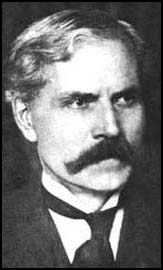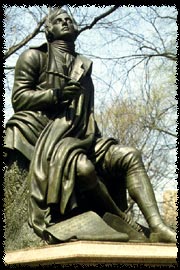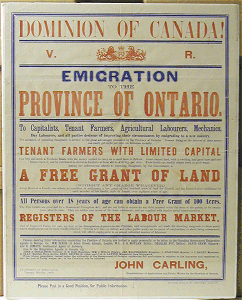 Harry Lauder (left) and Charlie Chaplin (right). Two of the highest paid entertainers in the world in the early 20th century. Chaplin was a movie star but Lauder was a star of the music hall. He toured the USA, Canada, Australia in his trade mark highland dress and crooked cane.
Harry Lauder (left) and Charlie Chaplin (right). Two of the highest paid entertainers in the world in the early 20th century. Chaplin was a movie star but Lauder was a star of the music hall. He toured the USA, Canada, Australia in his trade mark highland dress and crooked cane.- Scotland now has a tradition of emigration? Our population has been falling and we need to reverse this!
- Scottish culture and values have been spread across the world. Millions of Canadians, Australians Americans, Africans etc have Scottish roots.
- The kilt, tartan, sentimental songs about Scotland are symbols of Scottish identity partly because they were used by emigrants as a mark of their Scottishness abroad.
and here are the lyrics ...
When you go will you send back
A letter from america?
Take a look up the railtrack
From miami to canada
Broke off from my work the other day
I spent the evening thinking about
All the blood that flowed away
Across the ocean to the second chance
I wonder how it got on when it reached the promised land?
I’ve looked at the ocean
Tried hard to imagine
The way you felt the day you sailed
From wester ross to nova scotia
We should have held you
We should have told you
But you know our sense of timing
We always wait too long
Lochaber no more
Sutherland no more
Lewis no more
Skye no more...... etc
I wonder my blood
Will you ever return
To help us kick the life back
To a dying mutual friend
Do we not love her?
Do we not say we love her?
Do we have to roam the world
To prove how much it hurts?
Bathgate no more
Linwood no more
Methil no more
Irvine no more.







.jpg)

.png)
